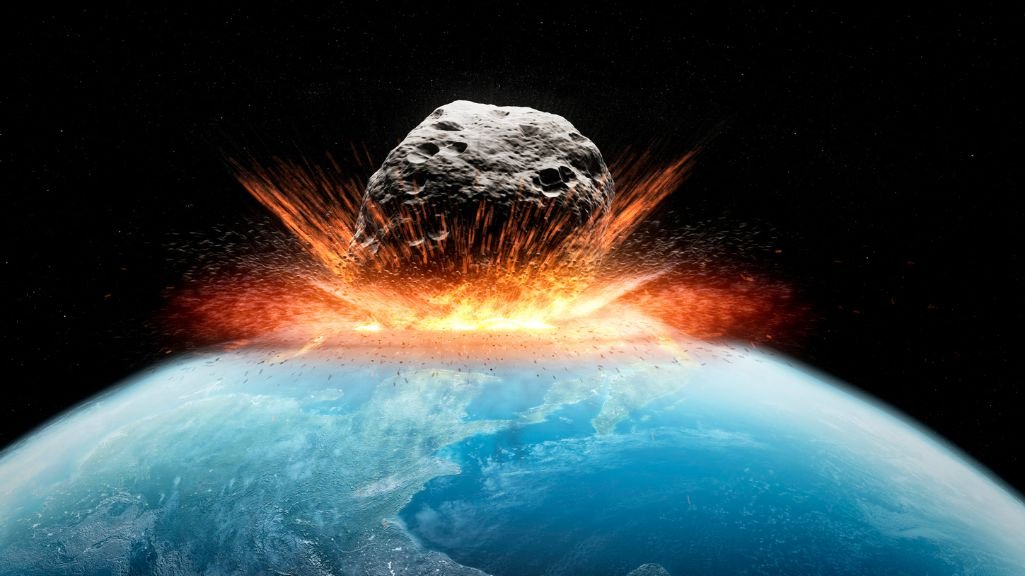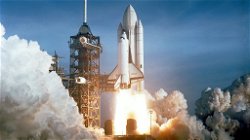Lessons from Space Disasters: Critical Importance of Space Safety Practices
Vihaan Disouza
. 3 min read
Space disasters are failures of technology, design, and management leading to tragic loss of life. While fatal accidents such as the Columbia Disaster, the Challenger Explosion, and the tragic flight of Soyuz 11 spur dramatic response, there is just as much to learn from the unmanned failures and near misses that highlight design and operational weakness further from the public eye, because when a space accident doesn’t claim lives, it is more a matter of luck than one of preparedness. By implementing video chat capabilities, experts from different space agencies and organizations can have real-time discussions and virtual meetings to analyze the causes and implications of space failures.

Many Space Explorations Have Failed
1. December 6, 1957: Vanguard TV3
The United States’ first attempt to launch a satellite into orbit was also its first failure. Two seconds after leaving the launch pad at Cape Canaveral, this rocket lost thrust and sank back down, rupturing and exploding its fuel tanks. It had reached a height of about four feet. Though the rocket was destroyed, the Vanguard satellite it was carrying was thrown clear, its transmitters still signaling. It is now on display at the Smithsonian’s Air and Space Museum.
2. April 4, 1968: Apollo 6
NASA’s final unmanned Apollo mission, Apollo 6, launched on April 4, 1968. Apollo 6 was the second A type mission, an unmanned test of the Saturn V launch vehicle, after Apollo 4. Its objectives were to demonstrate trans-lunar injection capability of the Saturn V with a simulated payload equal to about 80% of a full Apollo lunar spacecraft, and repeat a demonstration of the command module’s heat shield capability to withstand a lunar re-entry.
3. January 28, 1986: Challenger
On this day in history, Jan. 28, 1986, the space shuttle Challenger scheduled for a routine launch from Cape Canaveral in Florida exploded after just 73 seconds in flight, killing all seven Americans on board. The disaster shocked the nation and led to an immediate pause in the space shuttle program. Challenger was the second shuttle to reach space, in April 1983. It successfully completed nine milestone missions during nearly three years of service. In total, the spacecraft spent 62 days, 7 hours, 56 minutes and 22 seconds in space, according to CBS
4. Columbia Disaster 2003
The Columbia disaster occurred On Feb. 1, 2003, when NASA’s space shuttle Columbia broke up as it returned to Earth, killing the seven astronauts on board. NASA suspended space shuttle flights for more than two years as it investigated the cause of the Columbia disaster. The seven-member crew Rick Husband, commander; Michael Anderson, payload commander; David Brown, mission specialist; Kalpana Chawla, mission specialist; Laurel Clark, mission specialist; William McCool, pilot; and Ilan Ramon, payload specialist from the Israeli Space Agency had spent 24 hours a day doing science experiments in two shifts.
5. 1960: Nedelin Catastrophe
In one of the deadliest space-accidents, a Soviet R-16 rocket exploded on the launch pad at the Baikonur Cosmo drome on October 24, 1960. The rocket ignited accidentally, incinerating at least 72 key military and technical personnel. Chief Marshall Mitrofan Ivanovich Nedelin, head of Russias rocket programme, was killed at the launch pad. The R-16's designer Mikhail Yangel, meanwhile, was saved by a smoke break. Eventual investigations showed that Nedelin put pressure on his staff to ensure the launch date coincided with the anniversary of the Russian revolution - a move that probably backfired.
7. March 23, 1961 - Russian cosmonaut Valentin Bondarenko
It is killed during a routine training exercise. Bondarenko is in a pressure chamber for an eight-day routine isolation test when he discards a cotton ball used to swab a sensor on his body. The cotton ball hits a hot plate used for cooking and catches fire in the oxygen-rich atmosphere. The fire isn’t revealed to the public until 25 years later.
Conclusion
In conclusion, space disasters can have tragic consequences and are often caused by failures in technology, design, and management. While some disasters such as the Challenger explosion and the Columbia disaster have received widespread attention, there is much to learn from unmanned failures and near misses that highlight design and operational weaknesses. Space safety practices are essential for the sustainable development of space, protecting human life, space infrastructure, and the Earth's population from reentering objects. As we continue to advance in space commerce, applications, science, and exploration, space safety will continue to play a critical role in minimizing hazards and protecting our future in space.
More Stories from
The Remarkable Lives of Katherine Johnson: From Child Prodigy to NASA Trailblazer
This article highlights the life and achievements of Katherine Johnson, a trailblazing mathematician
Challenges of Searching for Life on Neptune
This article discusses the challenges in the search for life on Neptune due to the planet's extreme atmospheric conditions.
Exploring the Final Frontier: A Glimpse into the World of Space Research
From probing distant galaxies with space telescopes to charting the potential for human life on other planets, this article provides a glimpse into the evolving field of space research.
Connected Cosmos: Embracing the Future of Space Exploration with Video Chat
Discover the potential for human colonization of other planets, breakthrough propulsion systems, and the expansion of our knowledge of the universe through space-based astronomy.
Chandrayaan-3: India's Ambitious Lunar Mission for Scientific Exploration
Chandrayaan-3, India's third lunar mission led by ISRO, aims to overcome past challenges and demonstrate soft landing capabilities on the Moon.








.png?width=40&aspect_ratio=1:1)


